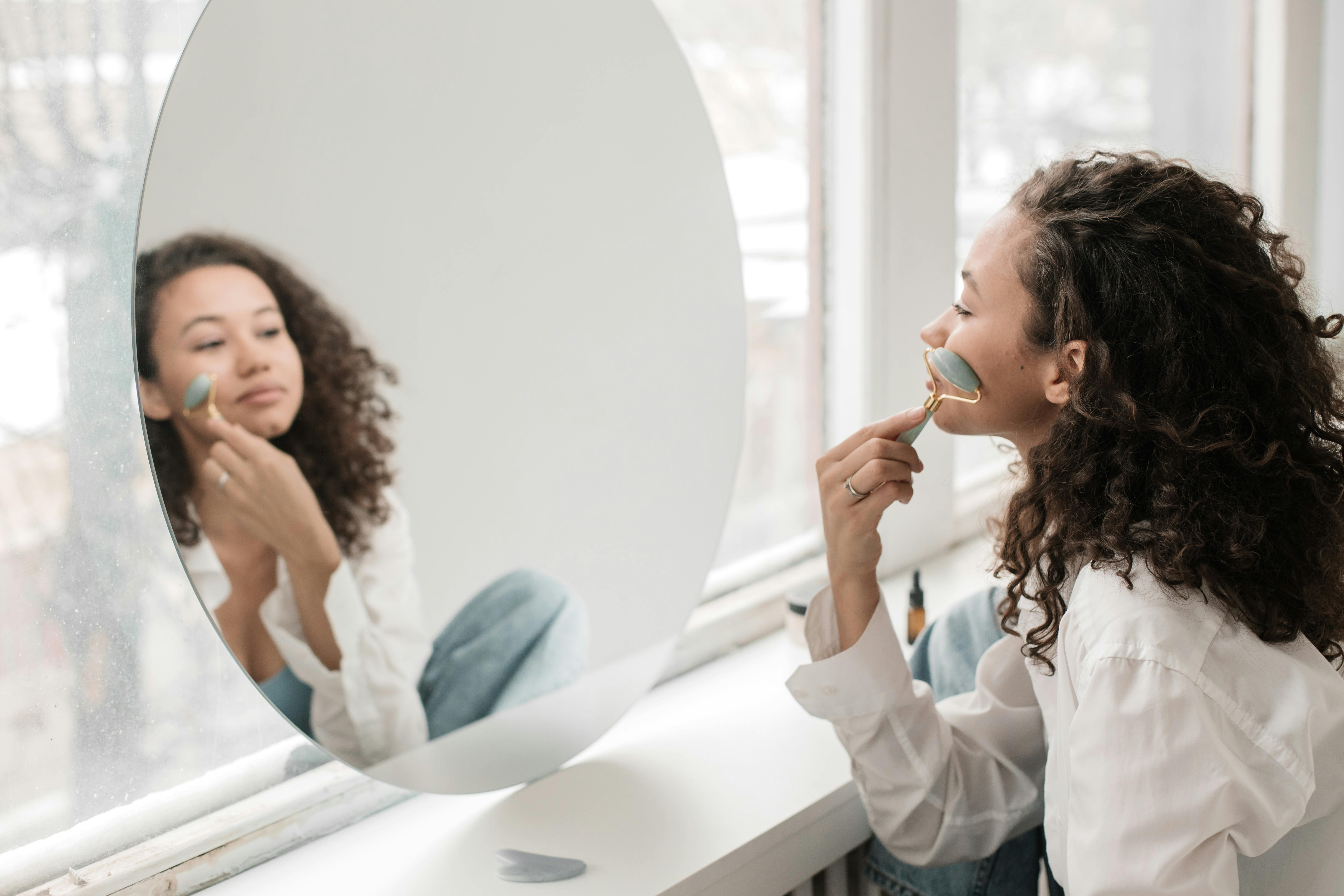
Color theory and artistic movements
Color is often part of a drawing, painting, or image. There are no standard or fixed rules on how to apply color theory. Monet and Matisse are artists who used colors well.
His paintings remain one of the most visited pieces in art galleries and museums. Artists use color in different ways. Some use color as an alternate method in contrast to the geometric perspective system in art. Unlike lines, colors can easily evoke emotion and allow people to respond better to the image.
For some, his theory is to create images without using lines or curves. Using colors alone is enough to make an image and convey a message.
Impressionists use color and light to create shapes and images. Impressionists never use black. Instead, to create shadows or darker parts of the painting, colors are mixed and contrasted to create the effect of shadows.
The impressionists saw life as something beautiful and joyful. The paintings were created by brushstrokes and colors that outline shapes. Painting took a lot of time than looking at the painting.
Georges Seurat executed color theory in another way. He did pointillism. The image was made up of millions of dots of different colors.
When you look closely at the painting, all you can see are colored dots, but once you take a few steps back, an image is formed. For him, human eyes fill the gaps in the image. The brain mixes these colors together and is “tricked” into creating an image.
Cubism shows an object in more than two perspectives or different angles of the same object can be seen in one image. Cubist artists in the analytical branch of Cubism minimized the use of color and concentrated on lines and geometry.
Synthetic cubism implies a more interesting execution of colors. Much color was used by artists such as Juan Gris, Picasso and Braque. There is an interesting mix between geometry and the unusual use of colours. With synthetic cubism, it is difficult to reconstruct images.
The creations of Van Gogh and Edvard Munch are all part of the expressionist movement. Unlike the Impressionists, the Expressionists’ color theory involved shadows, shadow, darkness, and night.
Alienation and nightmares were a common theme. Her paintings show the darker side of life and an individual feeling of fear and loneliness.
Art movements use different techniques and underlying philosophies. A movement in art that took it to a whole other level is surrealism. Everything is distorted.
It is something different than what people see in real life, instead you are more likely to know what someone sees in their dreams. Shapes, colors, objects are presented in a different and unusual way. Objects are placed on the image in the most unusual way and the colors do not follow the normal color scheme.
Surrealist art seems illogical and impossible. The scenes are unnatural and sometimes bizarre.
The theories sometimes touch on the age old debate of do the lines separate the colors or do the colors make the lines? In these different movements, color is used in different ways and can sometimes advocate for one side or the other in the debate.
Today’s artists will continue to exhibit and find different ways to execute color theory.